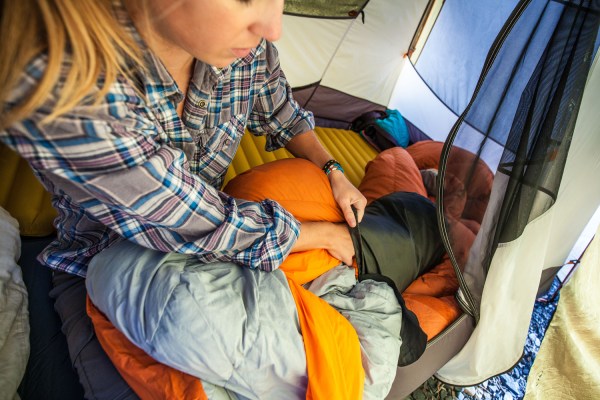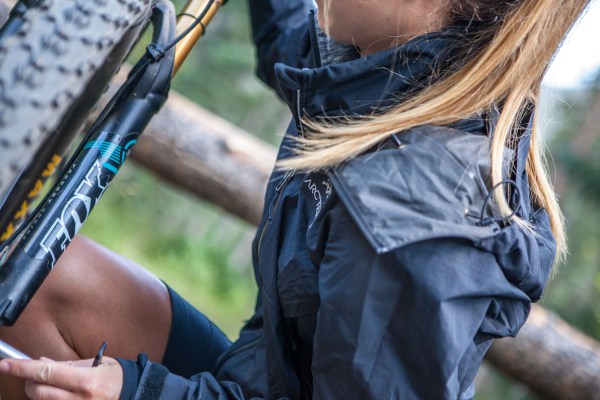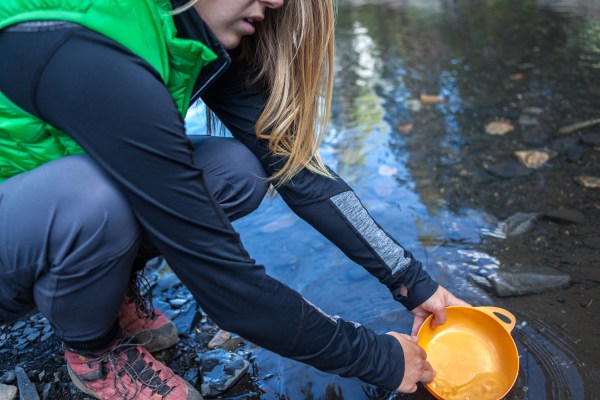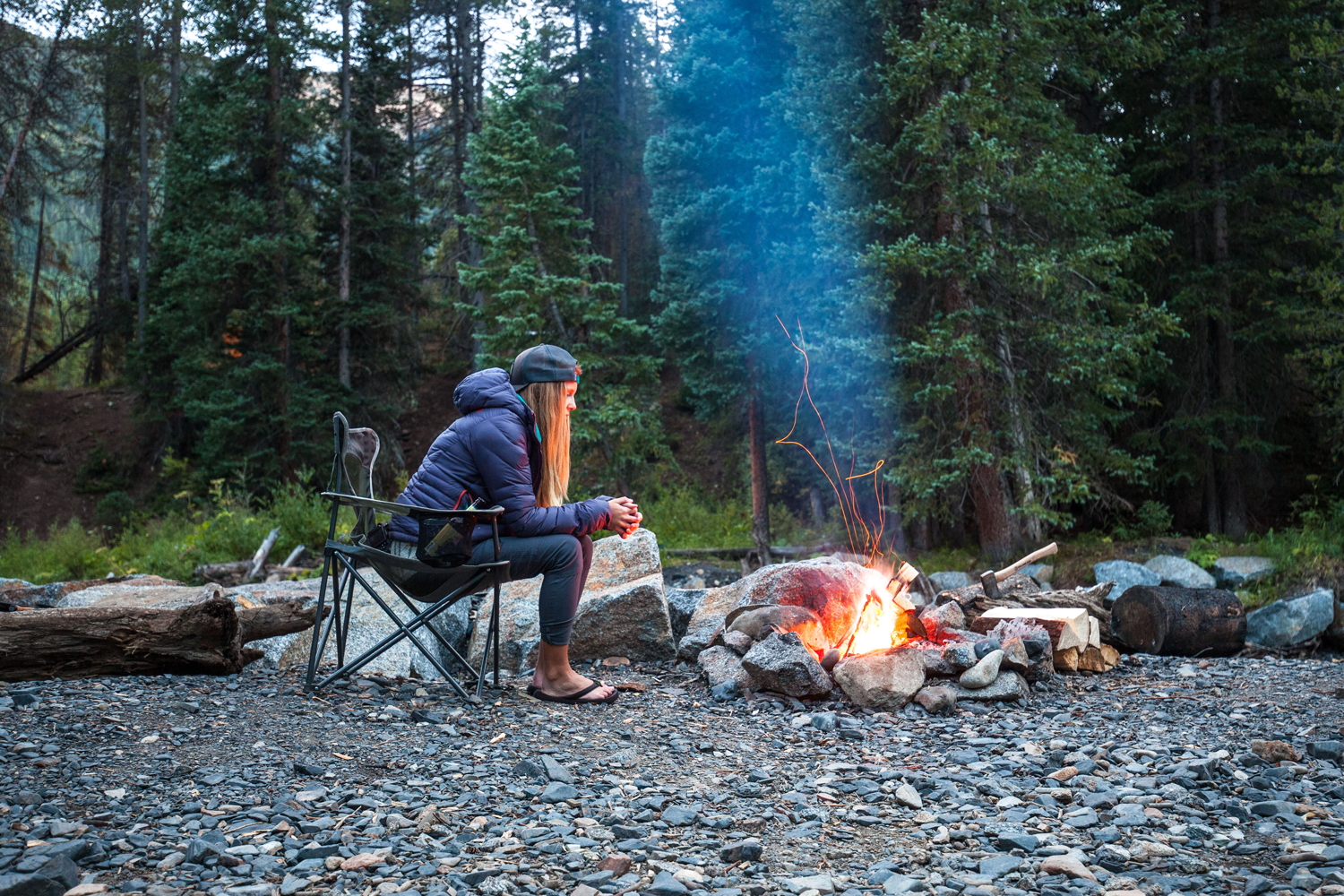Packing for any outdoor activity, whether it’s a grueling hike, mountain bike ride, or just hanging out around camp, isn’t rocket science. We all know the drill: Be prepared for rain, bring an extra pair of socks and don’t sweat through layers.
But as new technologies emerge and old items wear out, our packing lists are worth a review every now and then. Make sure you have these four basics before you head out next weekend, and you’ll be prepared for anything, rain or shine.
Base Layer
There are two golden rules of layering: comfort and function. Packing an extremely cozy base layer will not only prevent valuable body heat from escaping your core—it’ll make you smile. Wool is a popular option for its anti-stink properties, while cotton is known as a technical mistake (cotton acts like a sponge instead of wicking away hypothermia-inducing moisture). I prefer a synthetic mix and a tight fit for something I can wear comfortably under outer layers while being active, and something a little more slouchy comfort for around camp. Long sleeves and a high neck are key for me, and I’ve reverted back to my favorite basics time and time again.

Photo credit: Bryan Rowe
Waterproof Shell
Here in the Rocky Mountains, my secret outdoor weapon has always been my rain jacket. It’s basically my little black dress of camping attire, except it’s much more versatile. I’ll throw this piece on over a slim base layer to retain heat while beginning a hill climb on my bike or jogging around local trails, and even while cross-country skiing. It’s lightweight and breathable so it can be used during all four seasons. And more importantly, it’s flattering enough to wear to work on Monday.

Photo credit: Bryan Rowe
Insulating Vest
If you’ve conquered spring and summer and are moving into the cooler seasons, you’ll need to add something a little more serious to the packing list. A vest is an often-overlooked tool that is not only inherently fun to wear, but also amazingly useful at retaining core heat while not cramping your style with bulky sleeves. Vests come in a variety of down or synthetic fills, low-bulk or puffy, and in other materials such as fleece. The best ones have inner pockets for small items and a pouch to stuff the entire vest into once you warm up. For the best insulation, wear your vest over your base layer and under your windbreaker to keep any chill at bay.

Photo credit: Bryan Rowe
Insulating Jacket
The magnum opus of the outdoor wardrobe, the puffy jacket is a staple you’ll often see while wandering the streets of places like Seattle and Denver. Its price is based on features such as the type of down (goose or duck), the down fill power, and whether the shell or down is water-resistant—all important to consider when it comes to technical ability in the backcountry. Equally warm and often able to insulate even if wet, synthetic-fill jackets are a great option for those who get outside no matter what the weather’s doing.
If, like me, you’re mainly concerned with staying cozy while sitting around a campfire, you’ll want to find a jacket puffy enough that it feels like a sleeping bag is giving you a big hug. Consider techy points, such as flexible underarm gussets, and decide whether or not you need a hood. Just watch out for those campfire embers—they’ll get you no matter what price jacket you choose.
For more on layering basics, check out REI’s Expert Advice.
